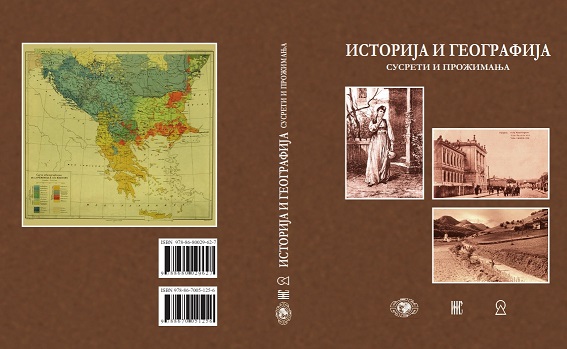Demographic Changes in the Kingdom of SCS and the Kingdom of Yugoslavia
Demographic Changes in the Kingdom of SCS and the Kingdom of Yugoslavia
Author(s): Milka Bubalo-Živković, Bojan Đerčan
Subject(s): Political history, Social history, Demography and human biology, Interwar Period (1920 - 1939), Inter-Ethnic Relations, Sociology of Politics
Published by: Institut za noviju istoriju Srbije
Keywords: Demography; The Kingdom of SCS; The Kingdom of Yugoslavia;
Summary/Abstract: Instead of the large Austro-Hungarian Monarchy, in 1918 new states were formed: Austria, Hungary, Czechoslovakia and the Kingdom of Serbs, Croats and Slovenes (SCS). A joined state, the Kingdom of SCS, was formed on important routes between Europe and Asia. On the other hand, this region was characterized by an undeveloped society which was behind English society by a century and a half in terms of industrial development. The Kingdom was divided into 33 regions, between 1923 and 1929, and since 1929 it was comprised of nine banovinas and the City of Belgrade with Zemun and Pancevo which formed a separate administrative unit. This area was 248.665 km2 big and there were 13.934.038 inhabitants in 1931. Based on available data, changes in sex-age structure of population, as well as changes in religion, native language and ethnic composition were analyzed in this paper. Demographic changes were a consequence of the political and economic events and traditional way of life, which influenced the migration trends that will be also addressed in this paper.
Book: Историја и географија: Сусрети и прожимања
- Page Range: 299-317
- Page Count: 19
- Publication Year: 2014
- Language: English
- Content File-PDF

